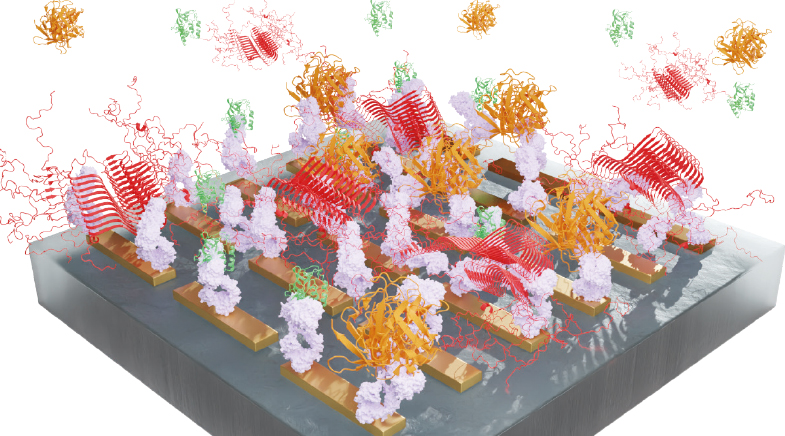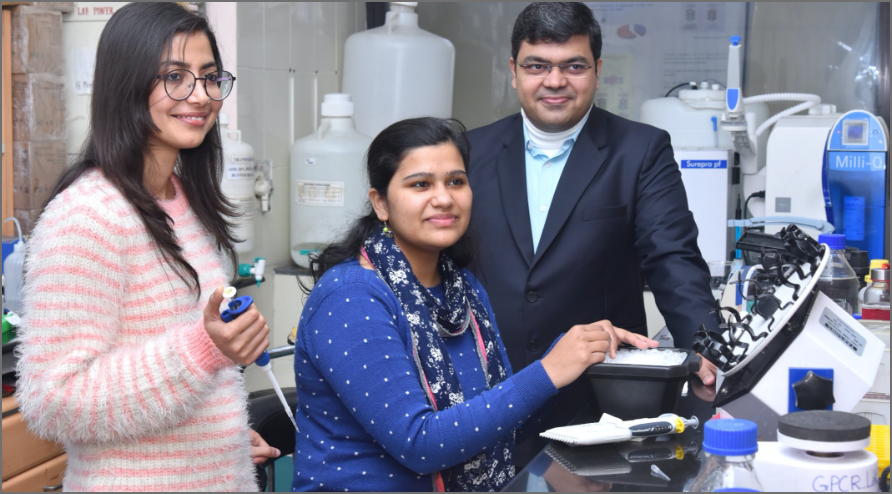Legacy of Eves
-
- from Shaastra :: vol 03 issue 02 :: Mar 2024

Learnings from a study of the evolution of women's bodies.
Reading Eve: How the Female Body Drove 200 Million Years of Human Evolution is a strangely buoyant experience. While we come to know our bodies as fully formed packages, replete with their fair share of creaks and leaks, Cat Bohannon, an American researcher and first-time author, invites us to think of it as a messy patchwork of form and function. "Evolution works by building cheap upgrades on existing systems," she notes wryly. It's the reason we have supercomputers for brains but unreliable knees and lower backs, it's why we gestate our young instead of sensibly laying eggs in a grassy patch, and it's why there are 8 billion of us despite humans having an arguably inefficient reproductive system. As the geneticist Theodosius Dobzhansky observed, "Nothing in biology makes sense, except in the light of evolution."
Extensively researched and engagingly narrated, Eve traces how the female mammalian body adapted to hostile environments by painstakingly evolving new, and at times wonky, ways to reproduce, cooperate and survive, and how each of those evolutionary adaptations continues to shape the lives of men and women today.
However, Eve didn't begin as a paean to hominid triumph. For Bohannon, it all started with the question of why modern science still fails to account for sex-based differences in how human bodies function. Scientific research fixates on the male body, whether mouse or human, partly because it's easier to study the effects of a particular drug without having to control the complex variables arising from female oestrus/menstrual cycles, and also partly because of an unwillingness to affect female reproductive potential by including women of childbearing age in clinical trials.
But this "male norm", as Bohannon calls it, leads to severe distortions. For example, even though clinical research has shown that women require higher dosages of painkillers than men to feel the same level of pain relief, this isn't factored in when women are prescribed drugs. Because dosages aren't correctly calibrated for women's bodies, opiate addiction among women is rampant, leading to a tripling of infants also born addicted to opiates in the U.S. It's simply egregious that 2004 was "the first year any new drug approved for sale would have been tested on significant numbers of women". Bohannon writes, "When scientists study only the male norm, we're getting less than half of a complicated picture; all too often, we don't know what we're missing by ignoring sex differences, because we're not asking the question."

EVE FOR EVERY TRAIT
So, Bohannon embarked on a decade-long project to study the evolution of women's bodies. Subverting creationist tropes of Eve and the Garden of Eden, the singular mother and source location from whence we supposedly came, Bohannon digs through deep evolutionary history to find an Eve for every trait fundamental to our existence. "Each system in our body is effectively a different age (…) because the things we think of as distinct to our species evolved at different times and in different places," she writes.
Every chapter in Eve opens with a richly imagined retelling of the scenarios that our female ancestors lived in and responded to. It begins with 'Morgie', or Morganucodon, a lactating weasel-mouse creature that first appeared about 205 million years ago. Bohannon calls her the 'Eve' of mammalian milk. We next meet 'Donna' or Protungulatum donnae, a 67-million-year-old weasel-squirrel who is the 'Eve' of placental mammals like ourselves. Thereon, we meet other Eves, from Ardipithecus ramidus to Homo erectus, each a pioneer of a crucial function that underpins human experience — from bipedalism, tool use and social cooperation to complex speech.
Bohannon takes on some contentious questions — are there any fundamental differences between the male and female brains (short answer: no); and does rape have evolutionary footprints (answer: it does for other species but not for Homo sapiens).
Throughout the book, Bohannon keeps the female body centre stage, as the base of operations for the furthering of the species. It reminds us that despite our large brains and technological preeminence, we are custodians of an older intelligence that predates us and will certainly outlive us. We carry the legacy of the Eves and their choices within our bodies into whichever Eden we go.
Rihan Najib did an MA in Development Studies from IIT Madras, and works as a UX research consultant.
Have a
story idea?
Tell us.
Do you have a recent research paper or an idea for a science/technology-themed article that you'd like to tell us about?
GET IN TOUCH














